| Columns Retired Columns & Blogs |
Muse Model One Hundred power amplifier Measurements
Sidebar 3: Measurements
All the measurements were made after each amplifier had been preconditioned by running it at one-third full power into 8 ohms for an hour. This thermally stresses the amp to the maximum, though none of the models tested overheated. The Muse and Counterpoint heatsinks, however, did get too hot to touch. Compared with the VTL Tiny Triode, the Muse has a somewhat restricted low-bass response, as can be seen from fig.1. However, 1dB down at 28Hz could give the Muse's bass a tight rather than lightweight character. Certainly CG found the Muse's bass to be AOK quality-wise. The highs were pretty flat, as confirmed by the 10kHz squarewave shape (fig.2), which reveals a fast risetime on the leading edges. Polarity was non-inverting, input impedance at 1kHz was to spec at 51k ohms, while sensitivity was a little lower than the VTL, 86.5mV being required to give 1W into 8 ohms. Unweighted noise was the same as the VTL, at 67.5dB below 1W into 8 ohms. Channel separation varied from 79dB in the midrange to 58dB at 20kHz, this adequate.
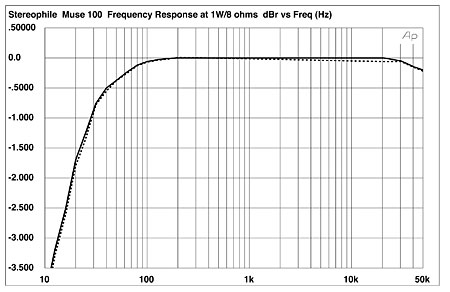
Fig.1 Muse 100, frequency response at 1W into 8 ohms (0.5dB/vertical div., right channel dashed).
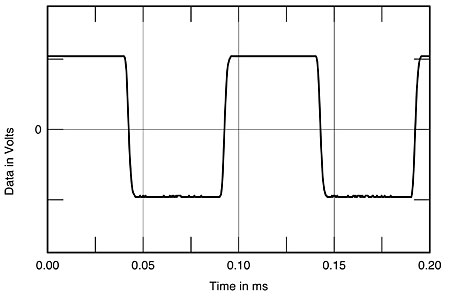
Fig.2 Muse 100, small-signal 10kHz squarewave into 8 ohms.
The Muse was tube-like in that its output impedance was quite high, averaging 0.6 ohms across the audio band, while its distortion signature echoed the VTL in being moderately high (both factors due to the lowish amount of global negative feedback used). Fig.3 shows THD+noise plotted against frequency at 2.83V into 8, 4, and 2 ohms (bottom two, middle two, and top traces, respectively). It can be seen that the right channel (dotted trace) is a little worse than the left (solid trace), and that the distortion level increases with increased output current, the 2 ohm figure reaching 0.9%. Though this is high, it can be seen from the shape of the waveforms in fig.4 that this is predominantly benign in being second harmonic in nature at low levels, with an increasing amount of odd-order harmonics at higher levels, as shown by fig.5. This shows the spectrum with a 50Hz sinewave driven at 72W into 4 ohms. (The cursor shows that even at this high level, the power-supply 120Hz component is still a respectable 79dB down.)
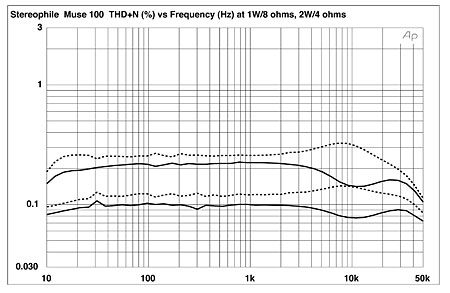
Fig.3 Muse 100, THD+noise (%) vs frequency at (from top to bottom): 2W into 4 ohms, 1W into 8 ohms (right channel dashed).
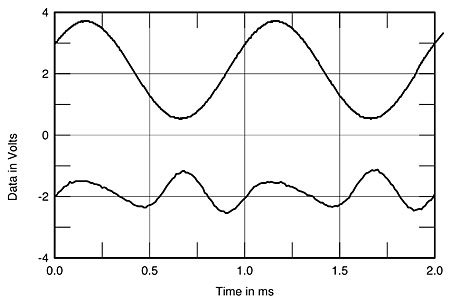
Fig.4 Muse 100, 1kHz waveform at 1W into 8 ohms (top), distortion and noise waveform with fundamental notched out (bottom, not to scale).
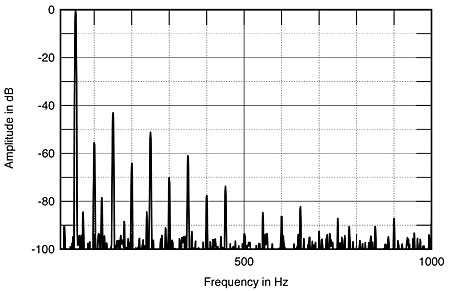
Fig.5 Muse 100, spectrum of 50Hz sinewave, DC–1kHz, at 72W into 4 ohms (linear frequency scale).
High-frequency intermodulation at high levels was a little higher than I would have liked, as shown by fig.6, the spectrum produced by a mixture of 19 and 20kHz tones at 44V p-p into 8 ohms. The cursor shows the 1kHz product to lie at –51dB, or 0.3%.
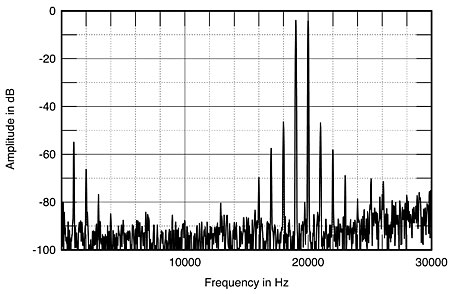
Fig.6 Muse 100, HF intermodulation spectrum, DC–22kHz, 19+20kHz at 44V p–p into 4 ohms (linear frequency scale).
The gentle rise in THD for increasing output power shown in fig.7 is also tubelike, though the manner in which the maximum output power substantially increases with reducing load is most untubelike. (The line voltage was 114V for these measurements.) With one channel driven, the maximum output power into 8, 4, and 2 ohms (1% THD) was 145.5W (21.6dBW), 240W (20.8dBW), and 320W (19dBW), implying a goodly stiff power supply. Note from fig.7, however, that the 2 ohm figure is after the "knee" in the power curve: as suggested by fig.3, the THD actually rises significantly at lower levels into this low load. With both channels driven into 8 ohms, the maximum output dropped by 0.5dB or so, to 130.4W/132.2W (21.2dBW/21.6dBW), though I couldn't test the simultaneous clipping of both channels into lower-impedance loads because the 5A line fuse would blow. Nevertheless, the Muse 100 satisfactorily outperformed its power spec.
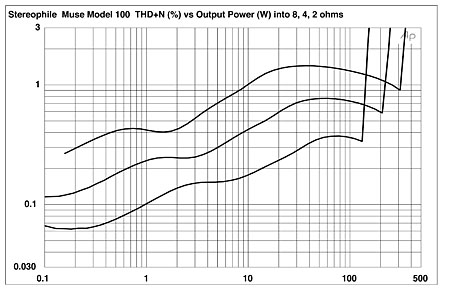
Fig.7 Muse 100, distortion (%) vs continuous output power with one channel driven into (from bottom to top) 8 ohms, 4 ohms, and 2 ohms.
I was somewhat disappointed with one measured aspect, however. While the left channel's DC offset was a reasonably low –39mV, the right channel's appeared to be way off at –260mV. This will gently bias a loudspeaker voice-coil away from its rest position, limiting dynamic range. Though this is undoubtedly a sample fault, it suggests that Muse's QC needs a little attention.
Overall, these measurements would suggest that the Model 100 offers a tube-like sound character, though its highish distortion into very low impedances would suggest caution when using it to drive Apogees or Infinity IRS Betas, for example.—John Atkinson
- Log in or register to post comments




































